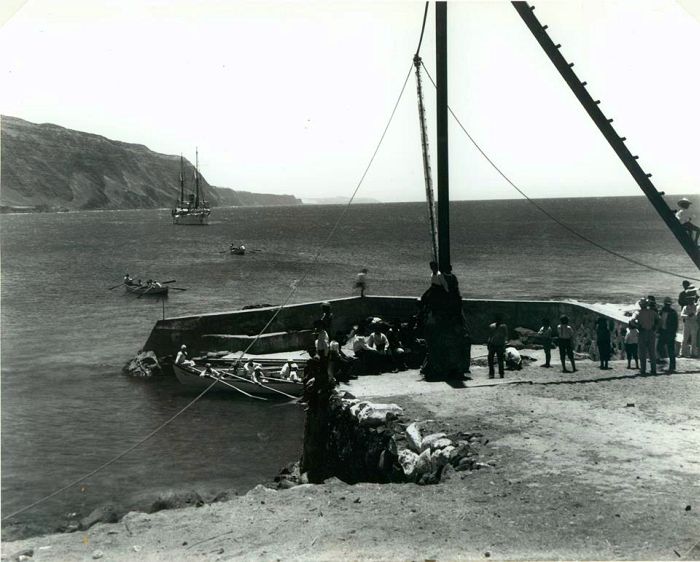
Kalaupapa National Historical Park
Park Information
Two tragedies occurred on the Kalaupapa Peninsula on the north shore of the island of Moloka`i; the first was the removal of indigenous people in 1865 and 1895, the second was the forced isolation of sick people to this remote place from 1866 until 1969.
The removal of Hawaiians from where they had lived for 900 years cut the cultural ties and associations of generations of people with the `aina (land).
The establishment of an isolation settlement, first at Kalawao and then at Kalaupapa, tore apart Hawaiian society as the kingdom, and subsequently, the territory of Hawai`i tried to control a feared disease.
The impact of broken connections with the `aina and of family members “lost” to Kalaupapa are still felt in Hawai`i today.
Kalaupapa National Historical Park, established in 1980, contains the physical setting for these stories. Within its boundaries are the historic Hansen’s disease settlements of Kalaupapa and Kalawao.
The community of Kalaupapa, on the leeward side of Kalaupapa Peninsula, is still home for many surviving Hansen’s disease patients, whose memories and experiences are cherished values.
In Kalawao on the windward side of the peninsula are the churches of Siloama, established in 1866, and Saint Philomena, associated with the work of Father Damien (Joseph De Veuster).
Agency Name:
National Park Service
Geographic Location
Contact Info
Kalaupapa National Historical Park
PO Box 2222
Kalaupapa, HI
96742
Additional Info
- “Basic Information – Kalaupapa National Historical Park (U.S. National Park Service)”. Accessed May 09, 2020. Link.




![How To Pick The Best Camper Levelers? [An Ultimate Buyer’s Guide] Best Camper Levelers](https://packyourgear.com/images/Best-Camper-Levelers-100x70.jpg)





